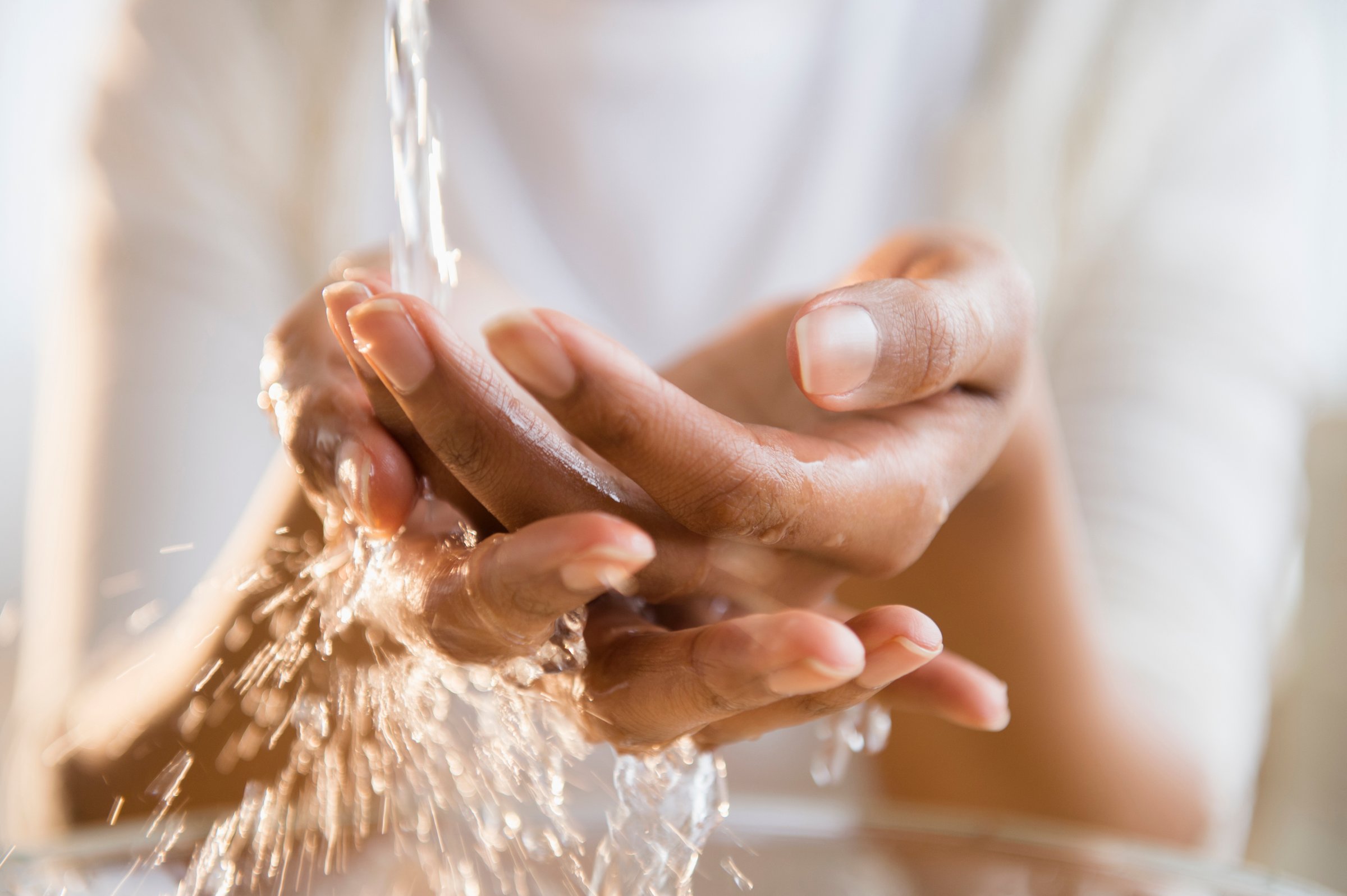
Good news for anyone planning on getting their hands dirty this summer: Washing them with cold or lukewarm water will work just as well as hot water to remove bacteria, according to a new study published in the Journal of Food Protection.
In handwashing experiments with 21 volunteers, Rutgers University researchers found no significant difference in cleaning power between water that was 60, 79 or 100 degrees Fahrenheit. They also found that lathering hands for just 10 seconds was sufficient to remove germs.
Everyone in the study had high levels of a harmless strain of E. coli bacteria applied to their hands and were then asked to wash them in a variety of scenarios: using cold, warm or hot water; using between half a milliliter and 2 milliliters of soap; and washing for various lengths of time, between 5 and 40 seconds. They repeated these tests several times over six months.
When the researchers analyzed the amounts of bacteria left on hands after washing, they found that water at all three temperatures worked equally well. So did the different amounts of soap used, although they say more research is needed to determine what type of soap is best.
The findings are important, the authors say, because the Food and Drug Administration’s guidelines for restaurants and food establishments recommend that plumbing systems deliver water at 100 degrees for hand washing. Those guidelines are scheduled for revision in 2018, and the researchers hope that language can be adjusted at that time.
“The literature on hand washing includes a tremendous amount of misinformation, and data on many issues are missing,” they wrote in the new study. “Many hand-washing recommendations are being made without scientific backing, and agreement among these recommendations is limited, as indicated by the major inconsistencies among hand-washing signs.”
MORE: Why Bacteria Are More Threatening Than Ever
Using cold or cool water to wash hands—and limiting the amount of time water is running—could have significant energy and cost savings, says co-author Donald Schaffner, distinguished professor and extension specialist in food science at Rutgers. Plus, he adds, washing hands repeatedly in water that’s too hot could lead to irritation and damaged skin.
The researchers did find that very brief hand washing, for just 5 seconds, did not clean hands effectively. But washing for 10 seconds worked just as well as washing for longer durations.
That 10 seconds, however, applies only to time spent lathering, or rubbing hands together with soap, Schaffner notes. “The time you spend turning on the tap, putting soap in your hands, and rinsing afterward, those don’t count.”
He also points out that this is the minimum amount of time the authors are recommending for hand washing—and that some circumstances may call for longer washes. “If you just changed a diaper or you’ve been in the garden or you’re cutting up a raw chicken, don’t think you’re good to go after 10 seconds if you can still see or feel something on your hands,” he says. “By all means, keep lathering.”
The study also found that people who regularly used lotion on their hands had fewer bacteria after washing than those who didn’t, possibly because moisturizing can help repair dry and damaged skin that’s more difficult to clean.
As for temperature, Schaffner says, the most important thing is personal preference. “If you’re uncomfortable because the water is too hot or the water is too cold, then you’re not going to do a good job,” he says.
More Must-Reads from TIME
- Why Biden Dropped Out
- Ukraine’s Plan to Survive Trump
- The Rise of a New Kind of Parenting Guru
- The Chaos and Commotion of the RNC in Photos
- Why We All Have a Stake in Twisters’ Success
- 8 Eating Habits That Actually Improve Your Sleep
- Welcome to the Noah Lyles Olympics
- Get Our Paris Olympics Newsletter in Your Inbox
Contact us at letters@time.com